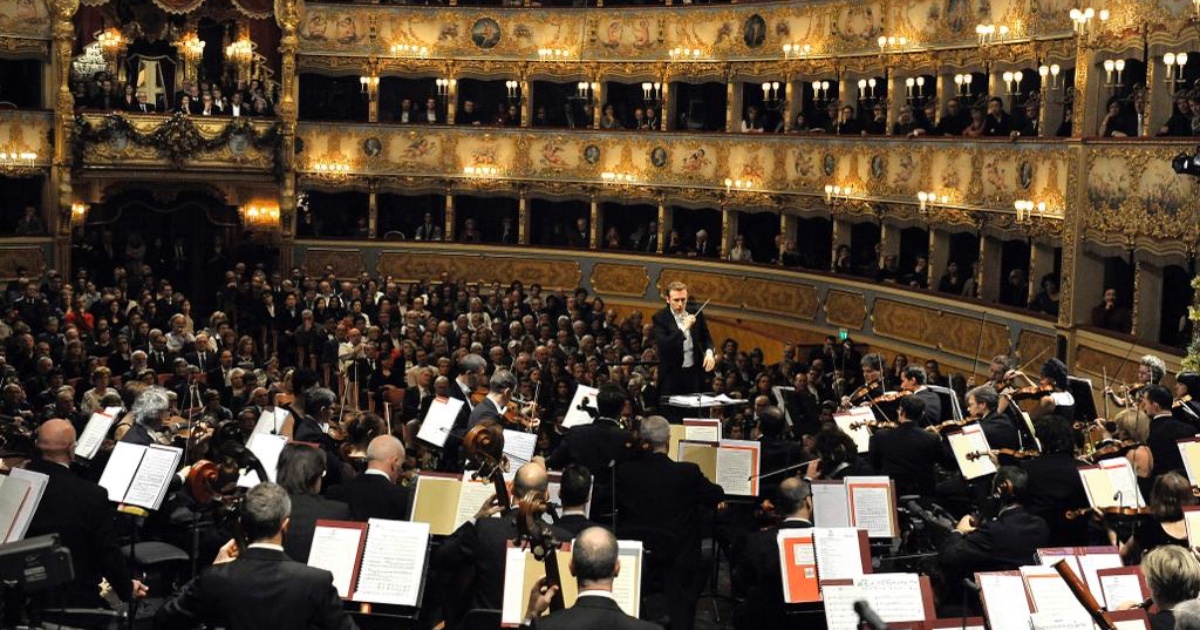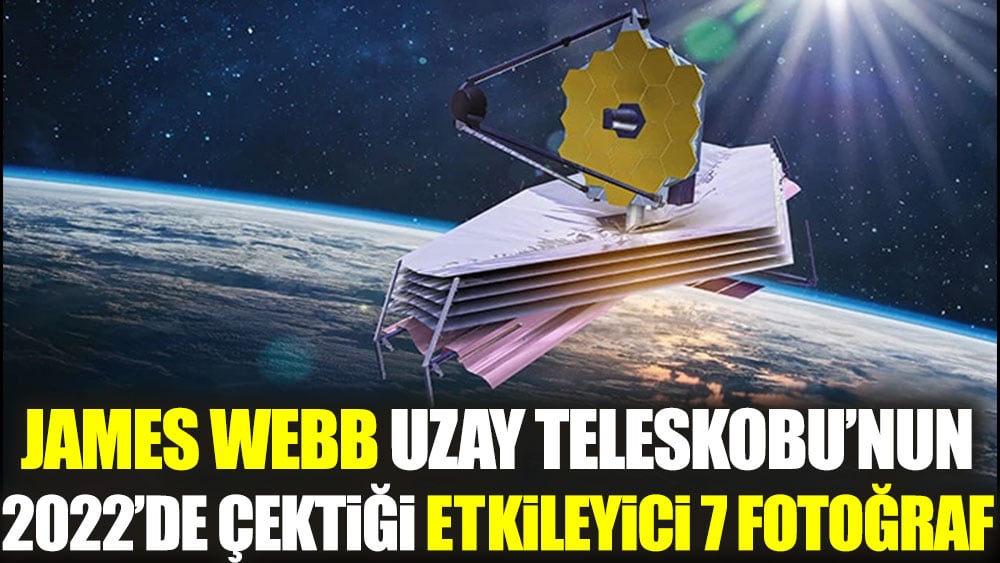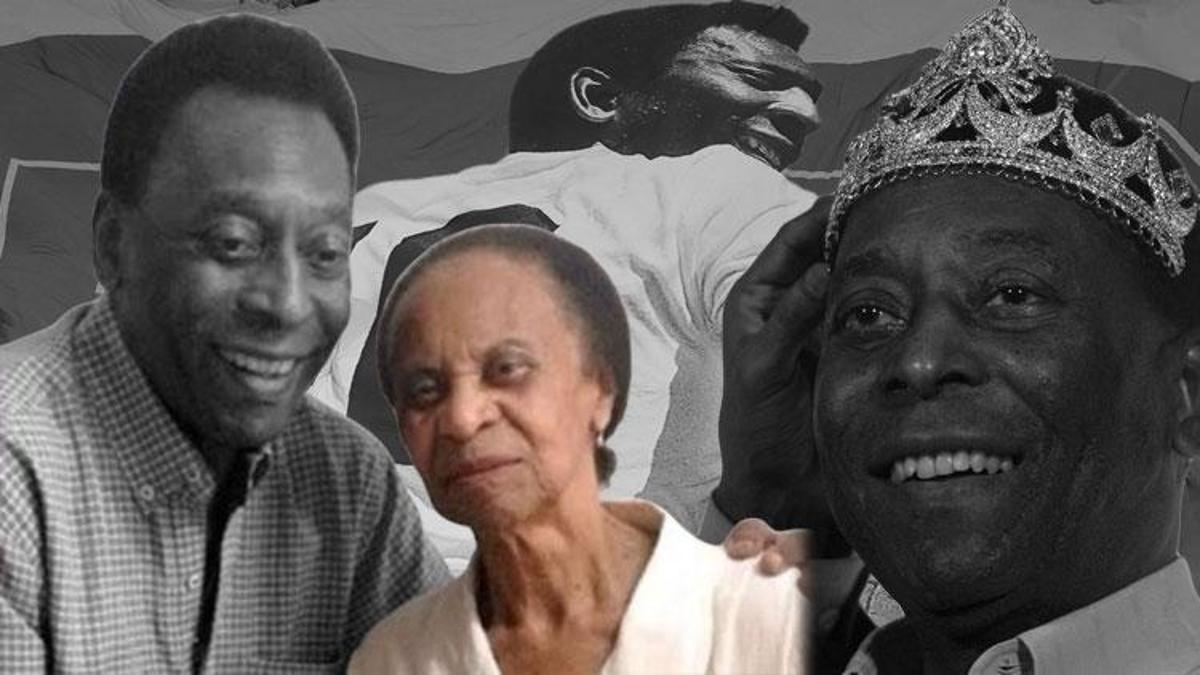It is a classic not to be missed, with music, singing and choreographed moments at the highest levels. It can be seen comfortably in the armchair after the crazy nights of New Year celebrations. The New Year’s Concert at the Fenice in Venice, broadcast by Rai Culture live television on Rai1, reaches edition number twenty brighter than ever. The prestigious greeting event on the first day of 2023 will be directed by Daniel Hardingleading the orchestra and choir (the latter prepared by Alfonso Caiani) of the La Fenice theatre. Among the soloists two exceptional talents, the soprano Federica Lombardi and the tenor Freddie De Tommaso. The music program it will be as always divided in two parts. The first exclusively orchestralwith the execution of Fourth Symphony in A major operation. 90 The Italian Of Felix Mendelssohn Bartholdythe second dedicated to melodrama. On stage, in this section, a succession of arias and choral passages taken from the most loved operatic repertoire. The conclusion? “Go, thought, on golden wings” from Nabucco“Father Augustus” from Turandot Of Giacomo Puccinithe toast “Libiam ne ‘happy glasses” from astray Of Giuseppe Verdi.
The musical program of the New Year’s Concert
The music program will open with the Fourth Symphony in A major operation. 90 The Italian Of Felix Mendelssohn Bartholdy. First performed at the Royal Philharmonic Society in London on 13 May 1833the work was born during the journey that the musician made in Europe between 1829 and 1831, on the wave of the emotions experienced in the Italian cities. The second part of the lineup will offer a series of well-loved songs from the signed opera repertoire Wolfgang Amadeus Mozart, Peter Ilyich Tchaikovsky, Vincenzo Bellini, George Bizet, Peter Mascagni, Giacomo Puccini, Gioachino Rossini and Giuseppe Verdi. Mozart will give the opening, with the overture of Marriage of Figaro. After the famous Panorama from Sleeping Beauty by Tchaikovsky, followed by two bravura pieces for soprano and tenor respectively: «Casta diva» from Norm by Bellini and a page from the French repertoire, “La fleur que tu m’avais jetée” by Carmen by Georges Bizet. It will then be the turn of the chorus «Che del ciel che degli dei» from Clemency Of Titusand an orchestral piece, the interlude from Rustic cavalry by Pietro Mascagni, which will be followed by two Puccini arias: “When I m’en vo’” from Bohemia and “Nessun dorma” from Turandot. L’Cheerful lively from the overture of William Tell by Rossini will introduce the grand finale which will be, as is now customary, with three choral pieces of great impact: “Va, pensiero, sull’ali dorate” from Nabucco by Verdi, “Father Augustus” from Turandot by Puccini and the inevitable toast “Libiam ne ‘happy glasses” from astray.
The dance, the dancers and the choreographer
In the live broadcast of Rai1, the music of the New Year’s Concert will be punctuated by some danced moments interpreted by the dancers of the corps de ballet of the Teatro Massimo in Palermo, with the extraordinary participation by Jacopo Tissiformer principal dancer of the Moscow Bolshoi and now guest artist at the Teatro alla Scala. There directed by Fabrizio Guttuso Alaimothe choreography is by Davide Bombana. An international name who has already signed three editions of the Vienna New Year’s Concert (called to sign the next one in 2024 as well), Bombana was recently director of dance of the famous Palermo institution. His language, of solid classical training but with a contemporary flair, has allowed him to enter the repertoire of the greatest European companies. The of him”Romeo and Juliet”, inspired by the tragic story of the two Sarajevo lovers Bosko and Admira during the Balkan war (it will be staged again on March 23 at the Sarajevo Opera House) earned him the Danza&Danza award.
The choreography of the New Year’s Concert
The first choreography is the opening theme of the concert and sees Jacopo Tissi and the ten dancers of the Teatro Massimo in Palermo engaged. They dance to the notes of the composer’s piece Ermanno Wolf Ferrari The jewels of the Madonna in the setting of the Ca’ d’Oro. But the highlight for the dance is the solo created by Bombana for Jacopo Tissi in memory of Rudolf Nureyevthirty years after his death. A touching tribute, on the notes of the famous “Panorama” from the “Sleeping Beauty” by PJ Ciaikovski, shot at Punta della Dogana. There third choreography it is the Intermezzo from Mascagni’s “Cavalleria Rusticana”, danced by the five couples of the Teatro Massimo in Palermo. In this passage the setting is Palazzo Labia.
Live and deferred television broadcasts
The second part of the program will be broadcast live on Rai1 at 12.20 on New Year’s Day and will then be re-proposed on Rai5 at 18.45. The concertscheduled in four performances on Thursday 29 December 2022 at 20, Friday 30 December at 17, Saturday 31 December at 16 and Sunday 1 January 2023 at 11.15, it will be broadcast in its entirety on Rai Radio3 on New Year’s Eve itself at 10.30 pm and on Rai5 on Shrove Thursday, February 16 at 21.15. The event is made in co-production with Rai Culture and in collaboration with the Veneto Region, Arte and wdr.
The history of the New Year’s Concert
On January 29, 1996, a fire destroyed the La Fenice theater in Venice. Eight years later, in 2004, Anna Elena Averardi, consultant for the care of the image of the Venetian theatre, conceives the idea of creating a New Year’s Concert right there, in the reconstructed theatre. The idea is immediately accepted since then director of Rai1 Fabrizio Del Noce. An ambitious choice. THEThe Musical New Year has in fact always been linked to the event that takes place in Vienna, to its Strauss waltzes and the “Radetzky March”.
But the desire to mark a rebirth of the Venetian Theater, a starting point from its own ashes, has been successful. The theater which for centuries has hosted the greatest stars of opera and melodrama, as well as an exceptional orchestra, has now become a symbol of beginnings in the name of art. And a fixture for viewers.


